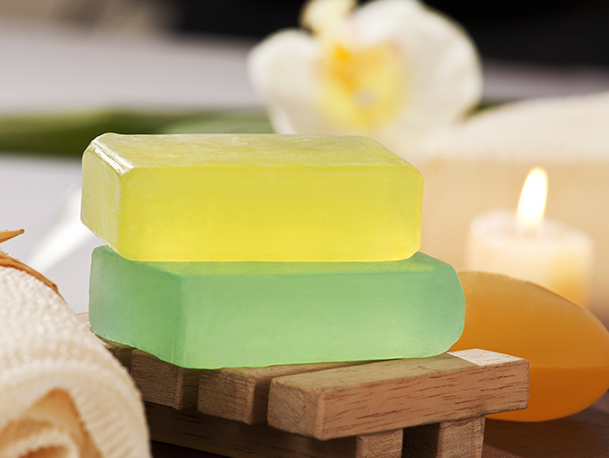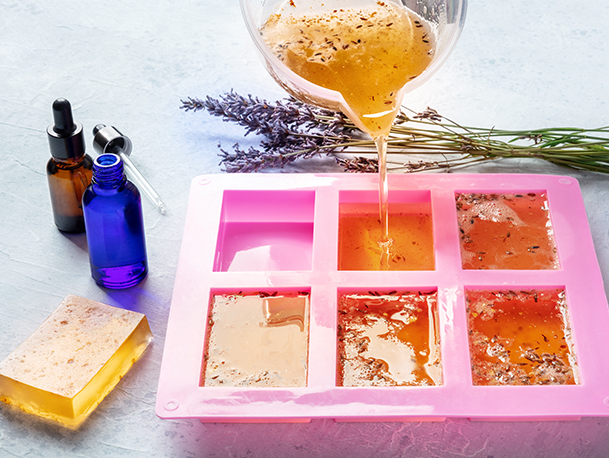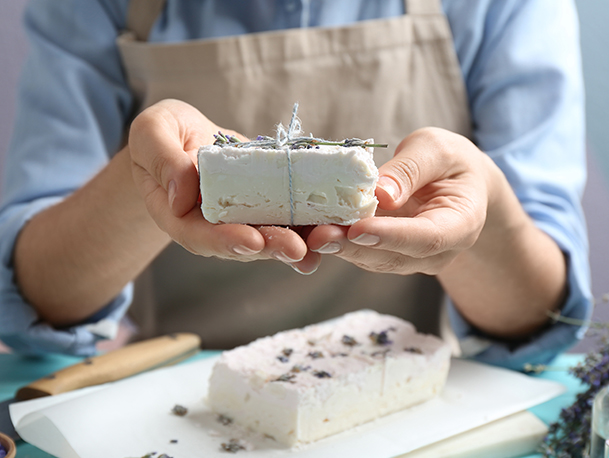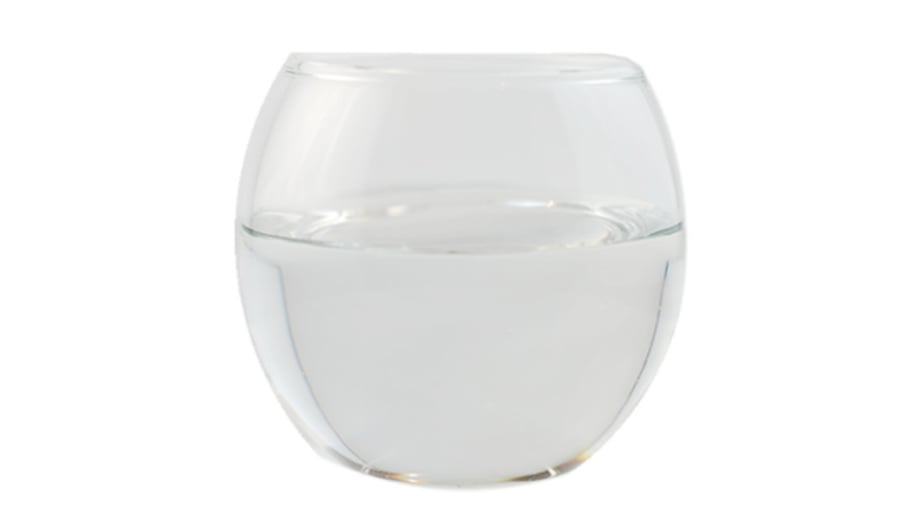Estimated Reading Time: 5-6 minutes
- Advantages of Glycerin Soap
- Challenges of Working with Glycerin
- Glycerin Substitutes in Soap
- How to Make Your Own Glycerin Soap
- Key Takeaways
- Safety Precautions
Glycerin has been a staple in soap making since the mid-nineteenth century. It was “accidentally” discovered by a Swedish chemist in 1779 when heating up a mixture of olive oil. The resulting fat was then named glycerin. When used in skin care formulations, glycerin’s humectant properties draw moisture into the skin, creating a protective barrier that prevents dryness while allowing the skin to breathe. This makes glycerin a desired soap ingredient amongst soap makers, dermatologists, and skin care professionals. All-natural, sustainable, and customizable, working with glycerin soap can be a fulfilling creative process. Whether you’re a seasoned soap maker or a novice looking to dive into the world of DIY skincare products, understanding the benefits, drawbacks, and tips for using glycerin soap is essential. Continue reading to learn more about creating your own glycerin soap that can be effective for all skin types.

ADVANTAGES OF GLYCERIN SOAP
Pure glycerin soap is all-natural, vegan, and does not contain alcohol, fragrances, or other chemicals that could cause irritation. Since it is a humectant with a low pH level, glycerin naturally provides more moisture to the skin as a soap ingredient and is less drying than traditional soap formulas, allowing the skin to lock in its natural moisture and preventing over-drying. Glycerin has the ability to cleanse the skin without clogging pores and promotes the skin’s absorption of other beneficial ingredients. It easily penetrates the skin and fills in fine lines and promotes skin regeneration, resulting in a more supple, youthful, and radiant complexion. Glycerin soaps and cleansers are suitable for mature, oily, and acne-prone skin types, and are especially effective on dry and sensitive skin.
In hair care, glycerin’s skin-enhancing benefits can promote a healthy, flake-free scalp and softer, more manageable hair. Glycerin can be used as an ingredient in both liquid and solid shampoo formulations.
CHALLENGES OF WORKING WITH GLYCERIN
While glycerin is a highly desired ingredient amongst dermatologists and skin care formulators, there are some drawbacks to consider. Although it is a nontoxic, environmentally friendly ingredient, there is still not enough data to determine whether glycerin is hypoallergenic. Since regular soap formulas without glycerine are known to produce a generous lather, those making the switch to glycerin may not get the same sudsy texture that they are used to. Glycerin-based soap is also more expensive than regular soap, especially when paired with other natural, high-quality ingredients. Lastly, if a bar of glycerin soap is left to sit in a soap dish with some water, it is more likely than a regular soap bar to dissolve.

GLYCERIN SUBSTITUTES IN SOAP
Glycerin is easily accessible through natural health stores, drugstores, and aromatics companies supplying wholesale natural products. However, oils and butters with enough fat content can act as an effective alternative to glycerin. Coconut oil, Cocoa butter, Shea butter, Jojoba oil, and Avocado oil all have similar moisturizing effects when used in soap formulations.
- When using carrier oils such as coconut, start with ½ teaspoon for every teaspoon of glycerin and gradually work up to 1 teaspoon.
- For butters, use ½ teaspoon for every teaspoon of glycerin.
HOW TO MAKE YOUR OWN GLYCERIN SOAP
The basic steps for making glycerin soap are as follows:
- Wearing gloves and safety goggles, slowly sprinkle lye into distilled water. (Warning: NEVER pour water into lye).
- Add the lye solution to your choice of plant oils (Coconut and Castor Oils are recommended).
- Heat the ingredients in a slow cooker. Heating on the stove top is also an option.
- Add liquid glycerin and 70% denatured alcohol to the mixture.
- Once the ingredients fully dissolve, pour the mixture into soap molds and allow to cool.

Creating glycerin soap from scratch, known as cold process soap making, requires lye, fat, and water. Cold process also requires special equipment including an immersion or stick blender, digital kitchen scale, safety goggle, gloves, heat resistant jars, and a crock pot. Along with taking up to six weeks to cure and solidify, the lye in cold process soap making requires more safety measures. Lye is extremely corrosive and poses a major safety hazard when mixed with water or oils. For this reason, it is only supplied by chemical or hardware companies.

|
Glycerine Organic Raw Material |
| SHOP NOW |
Alternatively, Melt and Pour soap making is a safe and efficient way to create custom soap bars that are rich in glycerin. Melt and Pour soap bases are pre-made, with the process that converts lye into soap having already been completed (known as the saponification process). The result is a soap base that is easily customizable with the addition of colorants, moisturizers, exfoliants, and extracts. Melt and Pour soap bars dry and harden faster than cold processed soaps, making them ready to use in a couple of hours. The high glycerin content in these soap bases makes them suitable for all skin types and are especially gentle on dry and sensitive skin.
KEY TAKEAWAYS
- Benefits of Glycerin Soap: Glycerin is an all-natural, vegan humectant that locks in moisture and helps maintain skin’s hydration. It is suitable for dry, sensitive, and acne-prone skin types, and benefits hair care by promoting scalp health and softer hair.
- Drawbacks of Glycerin Soap: Glycerin-based soaps may not lather as much as traditional soaps, can be more expensive, and are prone to dissolving if left in water.
- Substitutes for Glycerin: Oils like Coconut, Jojoba, and Avocado, as well as butters such as Cocoa and Shea, can provide similar moisturizing effects in soap formulations.
- Soap-Making Tips and Safety: We breakdown exactly how to work with Glycerin to make unique soap bars that are cleansing yet moisturizing, as well as safety precautions that are recommended for the optimal creative experience.
SAFETY PRECAUTIONS
Before incorporating any additive into a soap recipe, it is important to understand the amount that can be safely used. Too much of an additive might lead to issues such as the breakdown of chemical bonds or it might necessitate the use of preservatives.
Only heat-safe equipment should be used to make soap as the melting temperatures generally reach above 48 áµ’C (120 áµ’F). When skin is exposed to hot soap, it is painful.
Fresh ingredients such as fruits, vegetables, or milk are best avoided in a melt and pour soap recipe, as they will always spoil eventually.
